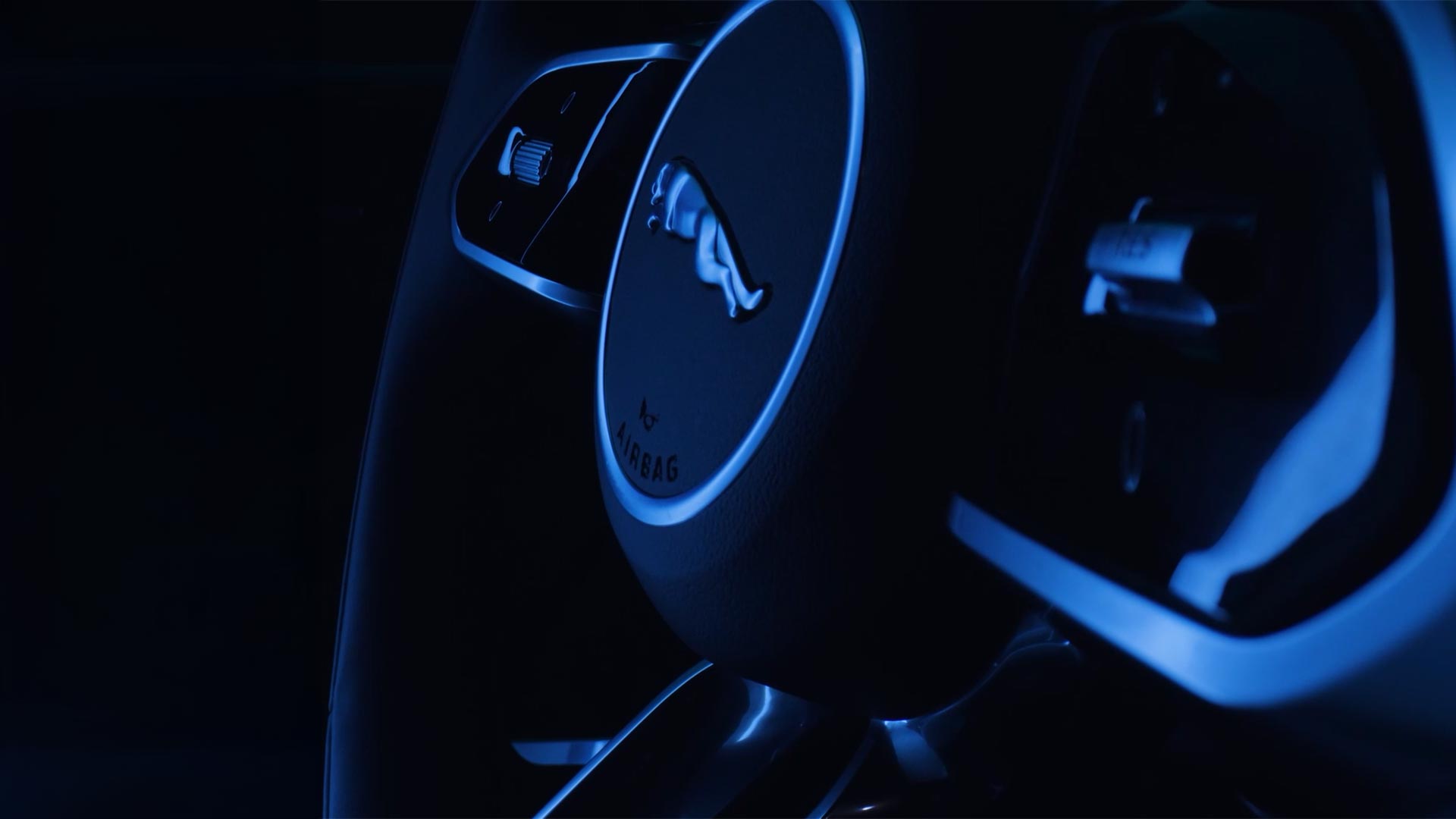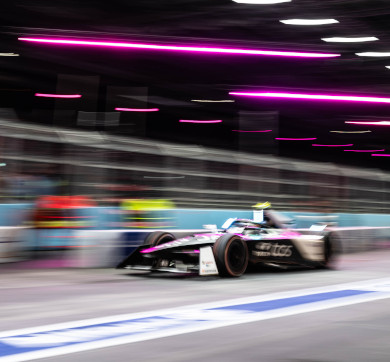September 2024 | 1695 words | 6-minute read
It has been a record-breaking year for JLR. Not only did the company eclipse past milestones to post its highest revenue in a financial year — £29 billion (Rs 3,06,612) by March 31, 2024 — it also netted its highest profit before tax since FY15 — £2.2 billion (Rs 23,263 crore).
JLR is building on fresh momentum, brought on by its return to profit in the second half of FY23 — an especially remarkable feat given the headwinds that the company was up against, including a global semiconductor shortage, inflation, an energy crisis, and geopolitical instability.
“This was truly an incredible achievement,” says Adrian Mardell, Chief Executive Office, JLR. “In fact, we broke a series of records in FY23, starting with the highest ever quarter one free cash flow, then the highest ever first half of a financial year free cash flow, and then in quarter three we saw our highest profit ever and record Range Rover brand wholesales. By increasing free cashflow, we reduced our debt and made huge strides towards the target of reaching net debt zero by the end of FY25.”
Navigating external challenges
For the last three years, global supply chain issues have limited JLR’s ability to meet demand. These gradually eased in FY23, and JLR worked towards developing a responsive, state-of-the-art industrial operation, leading to a return to profit in the second half. “We had a large order book, which grew to 2,15,000+ vehicles during the semiconductor crisis, due to the high desirability of our vehicles and the shortage of parts,” says Richard Molyneux, Chief Financial Officer, JLR. “As supply of parts increased, we converted these orders into revenues.”
While JLR continued to tackle inflationary pressures in labour and logistics, it saw a significant tempering of chip and material costs, including commodity prices, despite semiconductor inflation. This is because JLR’s supply needs were being satisfied following the development of strong partnerships with suppliers and the use of AI and risk scanning software to anticipate and address potential impediments. As a result, the company gradually increased the supply of parts and production. Wholesale volumes increased by 25% to 4,01,303 and retail sales went up by 22% to 4,31,733 in FY24, compared to the previous year. In fact, sales were up in all regions compared to FY23.
The efforts to have a more resilient supply chain have continued the growth momentum, with JLR delivering a strong first half of FY24. “There has been sustained growth in demand for SUV models, which has played to our strengths, and the continuing popularity of internal combustion engine (ICE) and plug-in hybrid electric vehicle (PHEV) powertrain options, which make up the majority of our product portfolio,” says Mr Molyneux.
The company is targeting earnings before interest and taxes (EBIT) margin of over 8.5% in FY25 and aims to improve it to 10% in FY26.
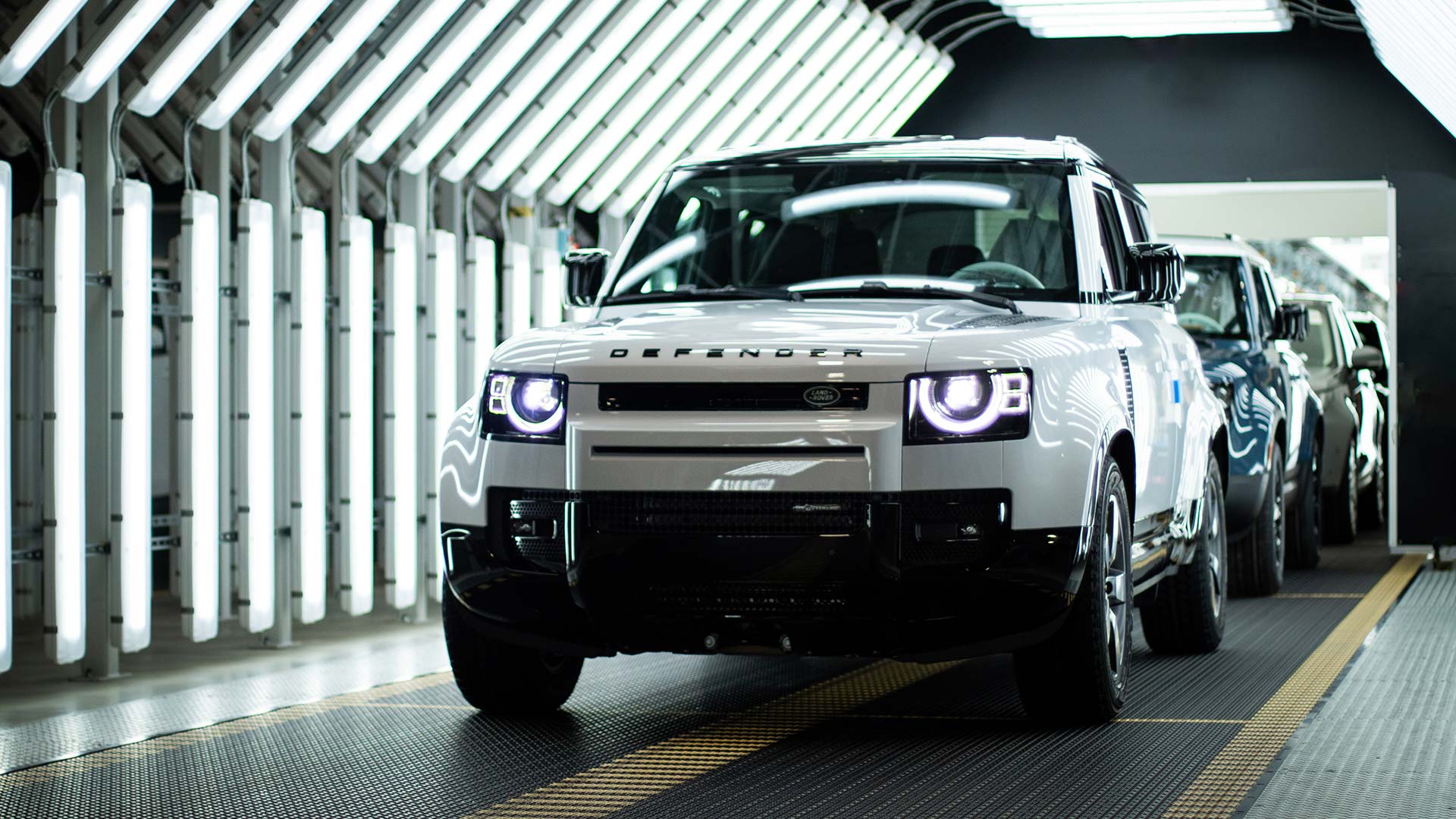
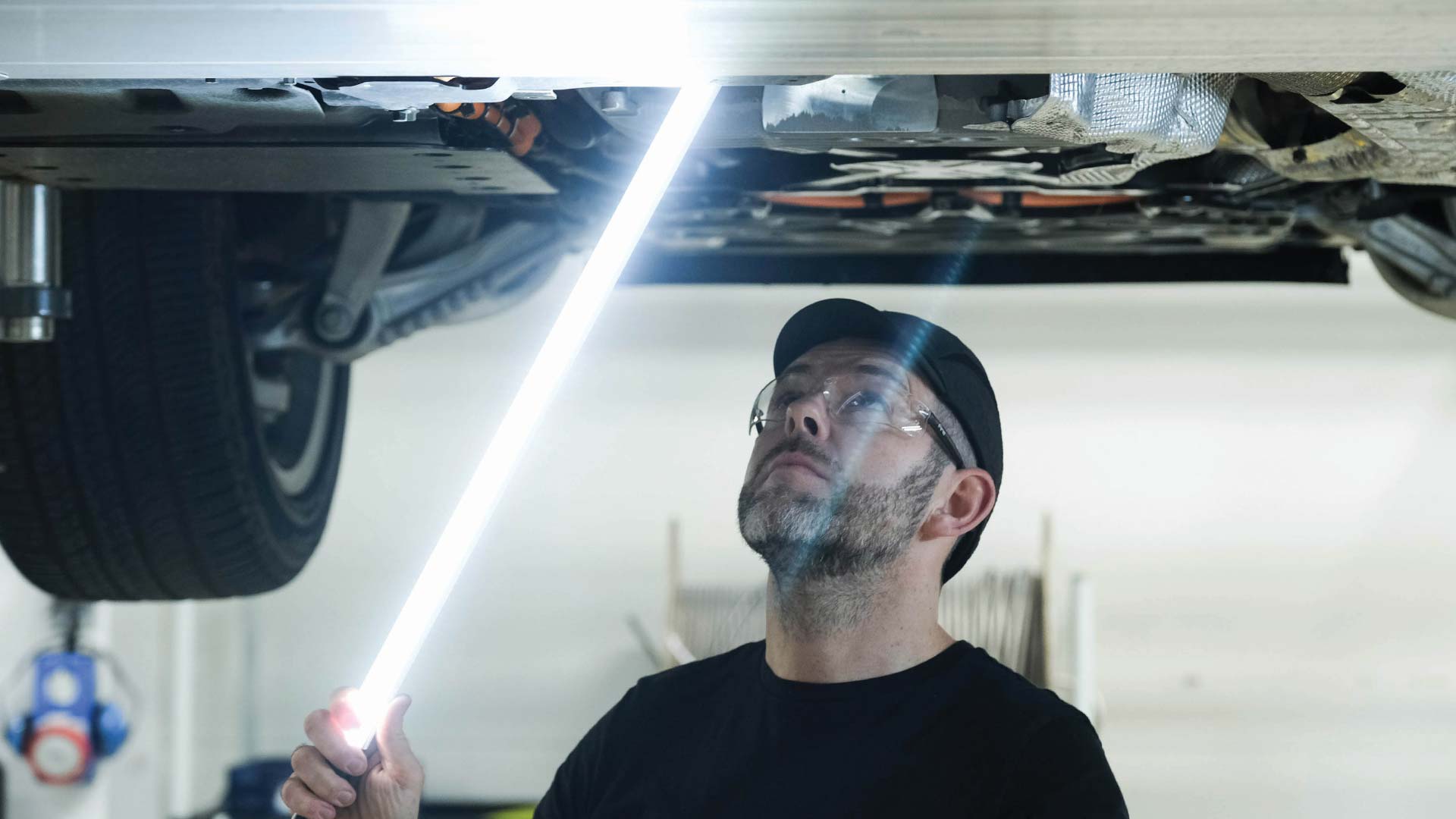
The One Tata opportunity
The Tata ecosystem has played a key role in JLR’s growth. The collaboration with Tata Technologies is powering the production of its next-generation vehicles by transforming its core enterprise resource planning infrastructure, including its manufacturing, logistics, supply chain, finance and purchasing modules, by bringing data from multiple departments into a single source. “This will deliver the efficiency and transparency we require for the future and to meet our transformation objectives,” says Barbara Bergmeier, Executive Director of Industrial Operations, JLR.
JLR also extended its partnership with Tata Communications to enhance the transformation and simplification of its digital infrastructure and IT estate. The collaboration will integrate AI for real-time analysis, cloud migration, cybersecurity, and data services, and connect 128 JLR sites worldwide. This will reduce net expenditure, unlock free cash flow, increase production speed and make JLR’s supply chain more secure and robust.
Additionally, JLR is licensing its innovative Electric Modular Architecture (EMA) platform to Tata Passenger Electric Mobility for the development of its mid-sized all-electric SUVs. The partnership is a significant step in collaboration and will enable the sharing of other engineering and sustainability-led innovations to maximise benefits from technology investments across the group.
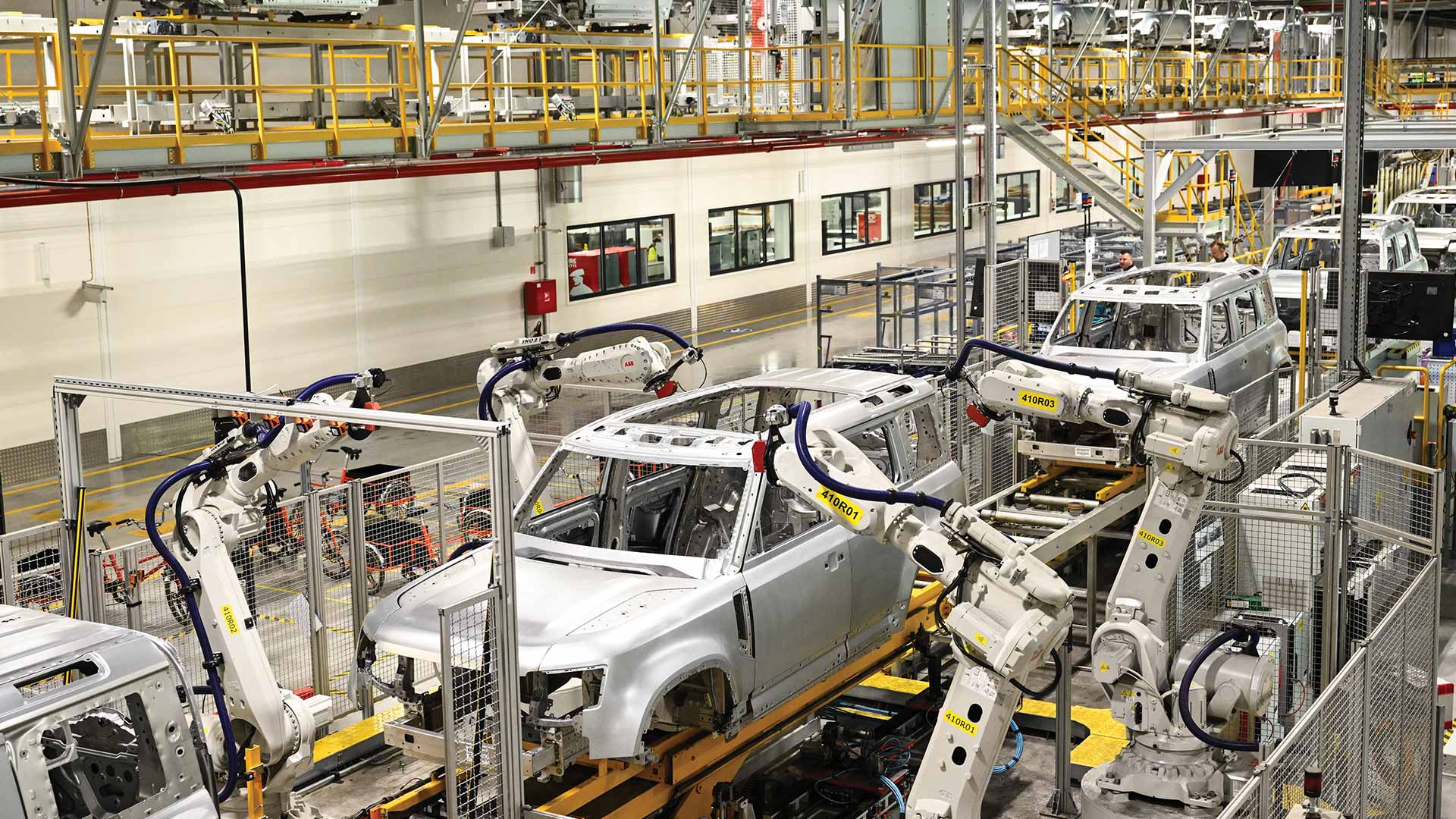
Reimagining modern luxury
JLR’s success is rooted in the development of its Reimagine strategy, which aims to transform the company into a creator of modern luxury. It includes the ambition to be carbon net zero by 2039, deliver double-digit EBIT margins by 2026 and be net cash positive by FY25.
In June 2023, the company revealed its new corporate identity — JLR — as part of its move to a house of brands organisation. “Our new corporate identity removes ambiguity and brings to the fore the unique DNA of each of our brands — Range Rover, Defender, Discovery and Jaguar — as well as accelerates the delivery of the company’s vision to be proud creators of modern luxury,” says Lennard Hoornik, Chief Commercial Officer, JLR. “JLR’s simplicity and refinement embody the elegance, modernity and future-facing essence that are key to the company’s ambition.”
JLR’s strategy has been to sell more luxurious cars at a higher price, with a greater profit per car. By increasing the average selling price per car from ~£40,000 (Rs 43 lakh) to over £70,000 (Rs 74 lakh), JLR has reduced the number of cars it has to sell to make a profit, from ~6,00,000 in 2016 to ~3,00,000 now.
The increase in average vehicle price was also supported by JLR’s drive to reduce its cost, as outlined in its Refocus 2 efficiency programme to eliminate wasteful spending. The higher profitability year-on-year reflects increased volumes and reduced material costs, offset partially by increased marketing spends compared to a year ago.
Staying ahead of the curve
- JLR’s strategy and sustainability team works to anticipate and incubate future business to advance its intent around clean mobility.
- Its strategic foresight practice acts as a ‘long range telescope’; owning and maintaining a signal model of future disruptions, opportunities and risks. It helps JLR identify growth opportunities, threats, strategic investments and possible partnerships.
- Through its Open Innovation programme, JLR identifies start-ups with the potential to support its strategic objectives. The programme has, over the past year, engaged with 600+ start-ups globally, resulting in 27 co-creation projects.
- In FY24, In Motion Ventures, its venture capital arm, made early stage, strategic investments in seven companies focused on providing sustainable products and services.
Driving success
The last year also witnessed some key launches, like the Range Rover Sport SV Edition One, which was fully reserved ahead of its launch in May 2023, the global launch of the Defender 130 Outbound, and the special 75 edition F-TYPE Jaguar — the last ICE sports car to be designed by the brand. The company also opened the waiting list for its first-ever fully electric Range Rover and had 13,000 customers sign up in just the first 28 days. Expected to release in early 2025, the car marks a milestone for the brand.
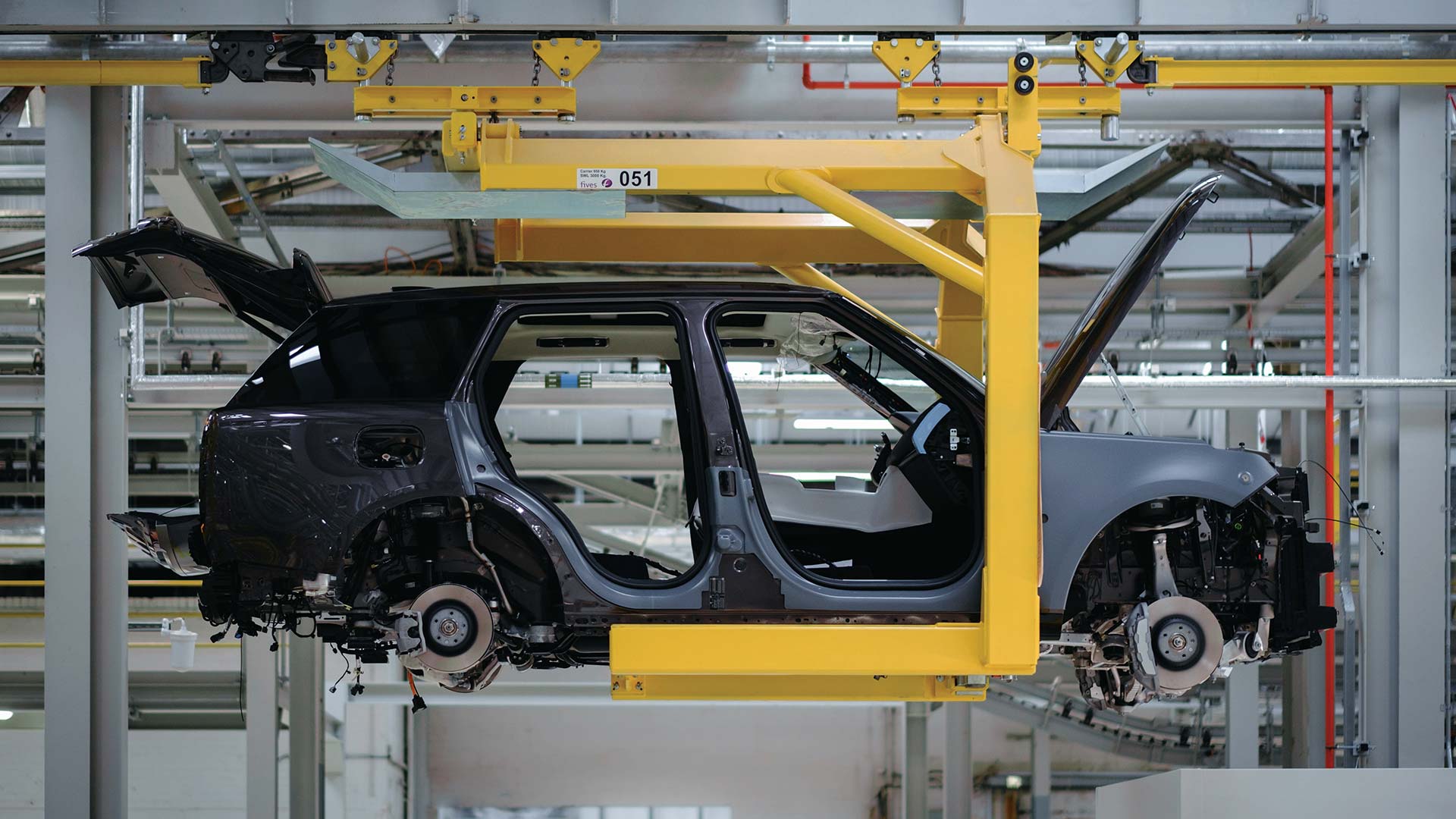
Electric revolution
While the electric future of all JLR brands is fundamental to the company’s journey to carbon net zero, it is mindful of the pace at which different markets electrify around the world. For instance, the modular longitudinal architecture (MLA) that underpins Range Rover Electric also enables ICE, mild, and plug-in hybrid powertrains, thus providing flexibility for JLR’s clientele in varied markets.
JLR has committed to investing £18 billion till FY28 to deliver on its plans to electrify all its brands by 2030. It has started transforming its facilities, starting with the reconfiguration of Halewood, UK, into its first all-electric manufacturing facility using its pure EMA. Solihull in the UK is being readied to build the first Range Rover Electric models, while JLR’s Electric Propulsion Manufacturing Centre in Wolverhampton, UK, will produce electric drive units and battery packs for all its brands.
As the anchor customer for Agratas Energy Storage Solutions’ 40GWh battery cell gigafactory in Somerset, UK, JLR is ensuring it will have a stable and secure supply of battery cells, at the right cost, and close to its UK manufacturing base. Agratas’ gigafactory, the biggest in the UK, is being built by the Tata group’s global battery manufacturing business with an investment of over £4 billion.
Also, JLR’s new £250 million Future Energy Lab in the UK will enable greater development ownership and oversight of critical components in its EV supply chain. Its partnership with Wykes Engineering, to develop one of UK’s largest energy storage systems by capturing solar and wind power in second-life Jaguar I-PACE batteries, will create new commercial opportunities for JLR.
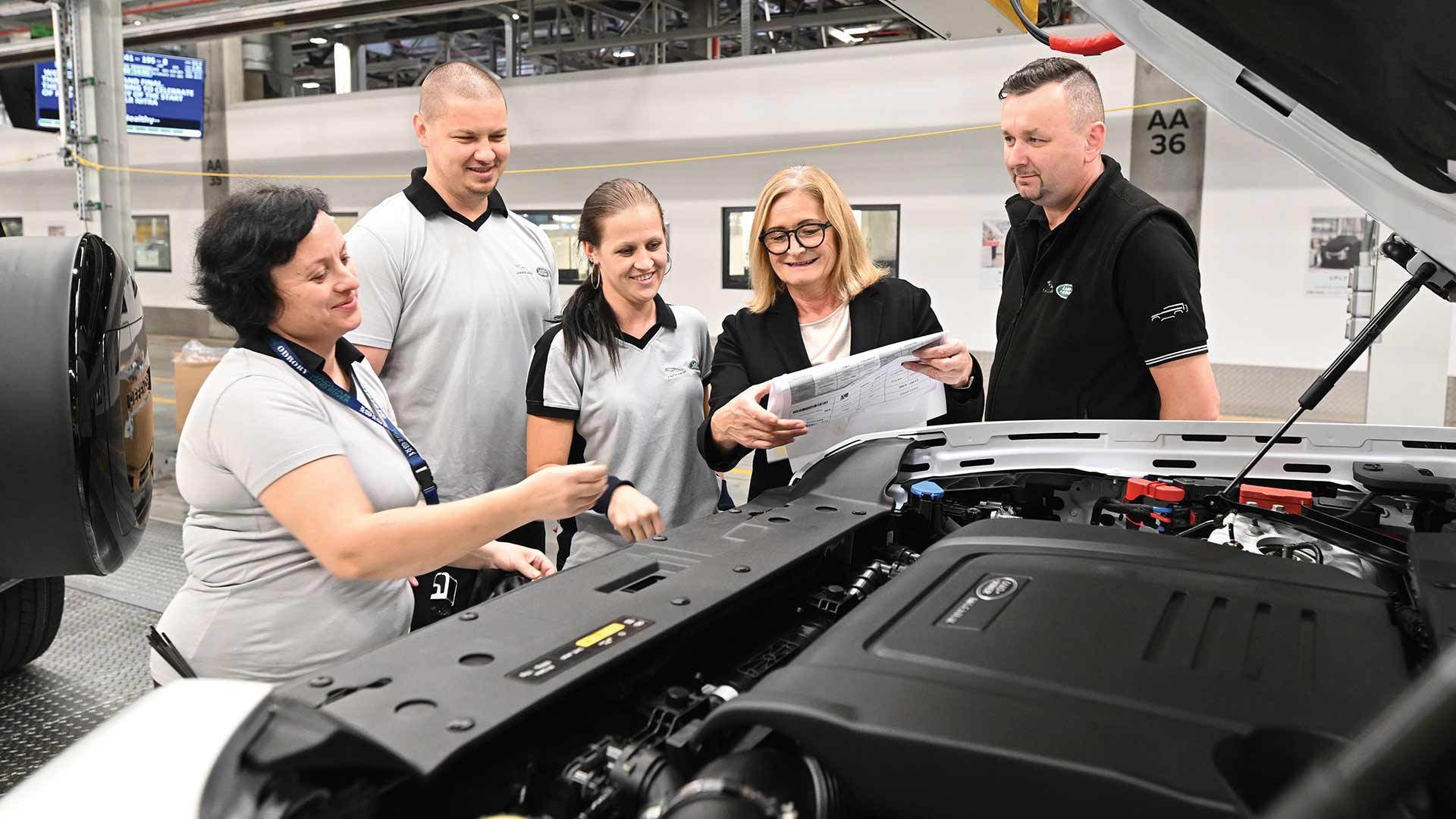
Upskilling to excel
The company has been scaling up its training programmes to ensure it has the right talent to design, build and maintain desirable modern luxury EVs.
- As part of its global Future Skills programme, it aims to train 29,000 people in electrification and digital by 2025 — 20,000 have been trained so far.
- JLR’s Data Engineering Conversion Programme trains budding data engineers on how to use data to predict global supply and manufacturing challenges. It has helped deliver £430 million+ in value for the business over the last year.
Revving up
Through its partnerships, execution of its Reimagine strategy, dynamic and accelerated risk modelling to build resilience, and exciting portfolio of electric models, JLR is on track to continue its successful run. The decision to assemble the Range Rover and Range Rover Sport in India at Tata Motors’ Pune manufacturing facility further underscores the company’s confidence in local manufacturing.
“We have emerged stronger from recent crises and are delivering our strategy at pace, with new leadership, more robust supply chains, increasing production, and improving financial performance,” says Mr Mardell. “I am confident that with the desirability of our products, the skill and dedication of our people and the exciting portfolio of electric models on the horizon, this business will continue to successfully reimagine its bright future in the year ahead and beyond.”
—Anuradha Anupkumar




